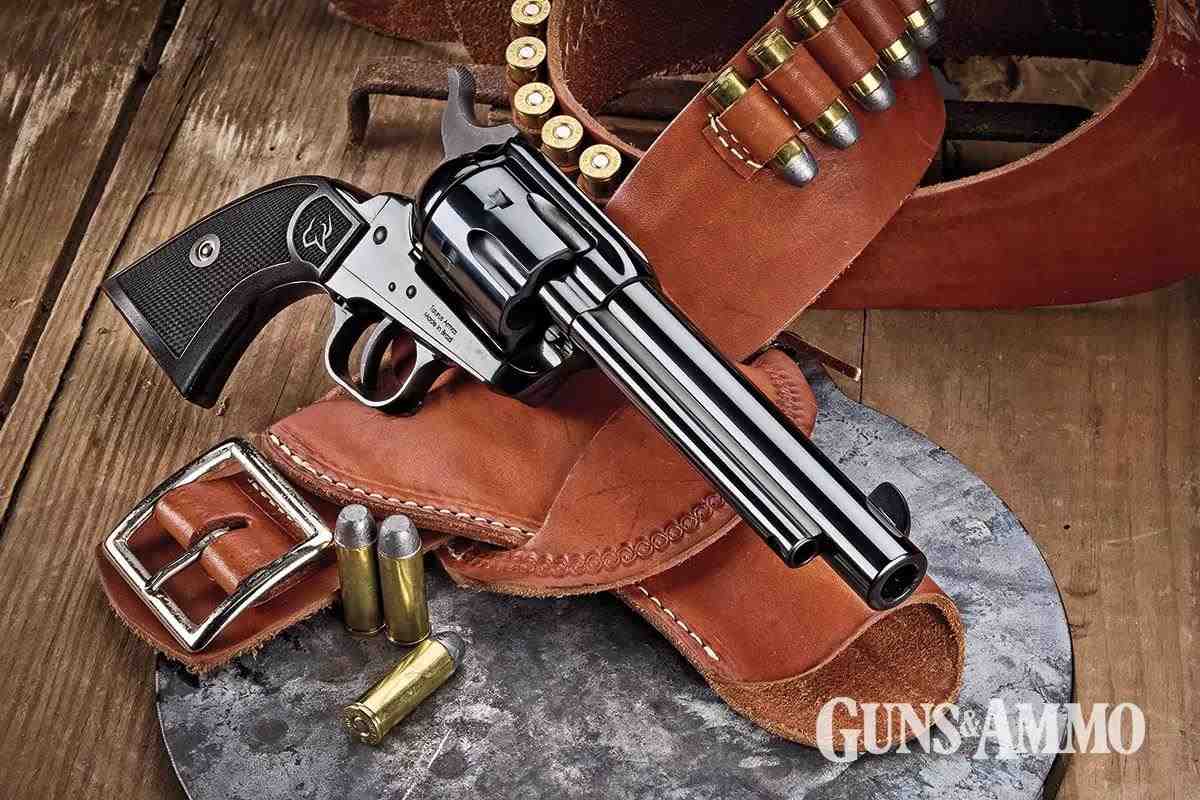While the single-action revolver may not have been “the gun that won the West,” it was certainly on the belts of those who were winning it. The Single Action Army (SAA) has since become a handgun with a devoted following, and the Taurus Deputy is fully up to the task of satisfying that desire. In the Deputy, Taurus both reached back into history and brought the SAA into the 21st century.
The Deputy is available in two barrel lengths, the 4¾-inch length and the 5½-inch artillery model. You also have the choice of .45 Colt or .357 Magnum. In the latter, one can either spend range time booming with a big-bore or opt for softer-recoiling .38 Specials for most of your shooting, but you can still choose the power of the .357 Magnum when you want it. What you don’t have is a choice of finish; the Deputy is only available in a polished black oxide finish. Color case-hardened frames, nickel or stainless steel are not options.
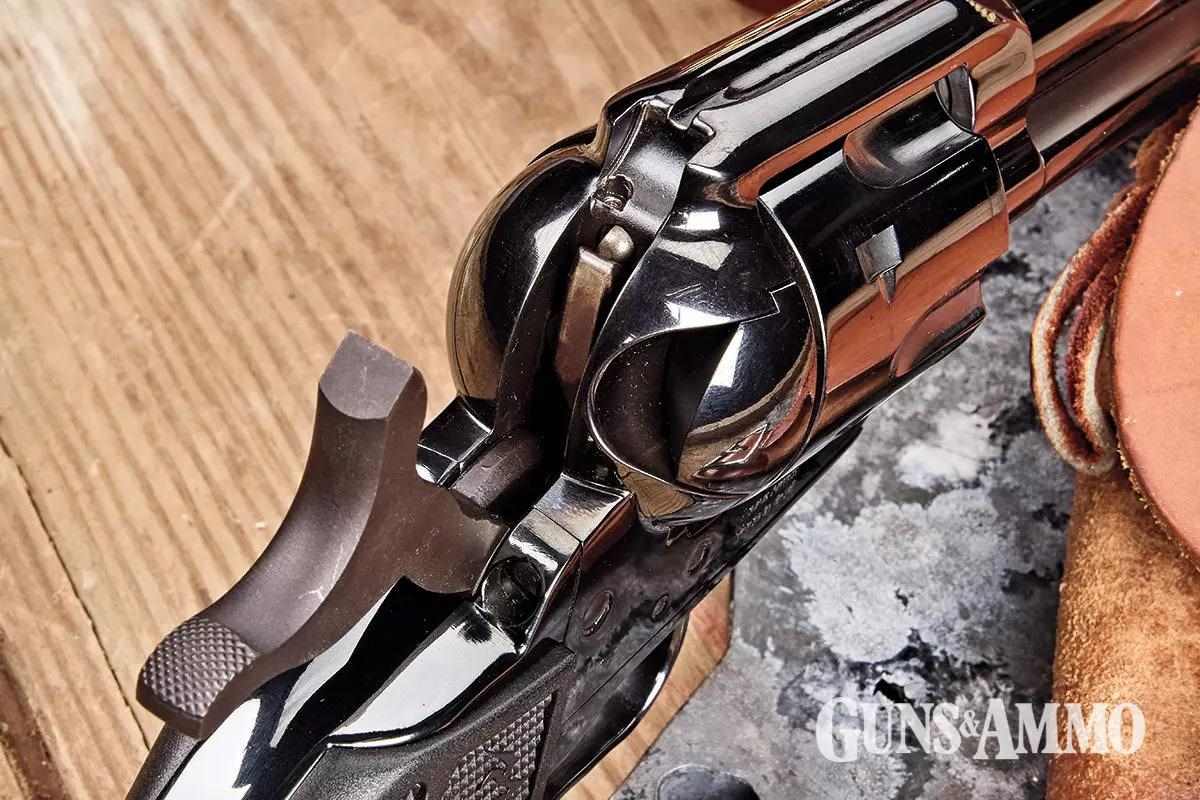
On the right side of the frame, the Deputy is rollmarked “Taurus Armas/Made In Brazil”. On the left, it reads “Taurus Int’l Mfg/Bainbridge, GA.” SAA fans accustomed to seeing patent dates will perhaps be disappointed, but this is a Taurus offering. The barrel is marked with the Taurus logo, “DEPUTY” in a Western font, and the caliber. In the instance of Guns & Ammo’s sample, “45 COLT”. The serial number is located on the underside of the frame, ahead of the triggerguard and includes a code block.
Unlike the classic SAA, the Deputy is a real six-shooter. Inside the frame, the firing mechanism incorporates a transfer bar to deliver the impact of the hammer to the frame-mounted firing pin and then to the primer. You can holster the Deputy with a full complement of six rounds and know that an inadvertent impact on the hammer won’t cause the cartridge under the hammer to discharge. Carrying the Deputy as a work revolver means you don’t have to carry it hammer down on an empty chamber, which turned the old Colt into a five-shooter.
Advertisement
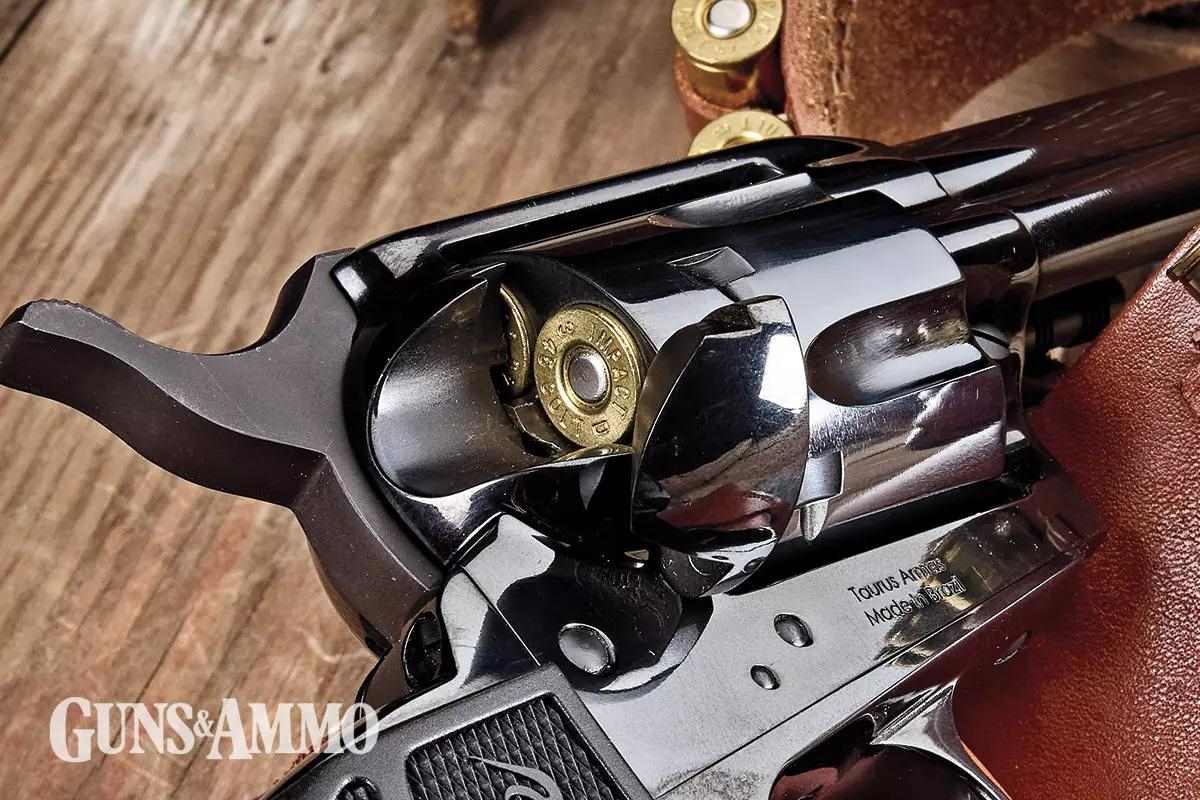
Loading follows the classic single-action process. Flip open the loading gate. Cock the hammer two clicks — no more. The cylinder will now rotate freely. Insert six rounds, one into each chamber. Close the gate and cock the hammer. Now comes the delicate part. Get your off-hand fingers or spare thumb on the hammer to restrain it. Press the trigger holding the hammer back. Ease the hammer forward slightly and let go of the trigger. This allows the transfer bar to slide down away from the firing pin so the hammer cannot make contact. Now it’s safe. To shoot, cock the hammer, aim and press the trigger. It’s that simple. Once you have fired all six rounds, cock the hammer for two clicks, open the loading gate and rotate the cylinder to line up each chamber with the gate opening. Press the spring-loaded ejector rod head back to push out the empties.
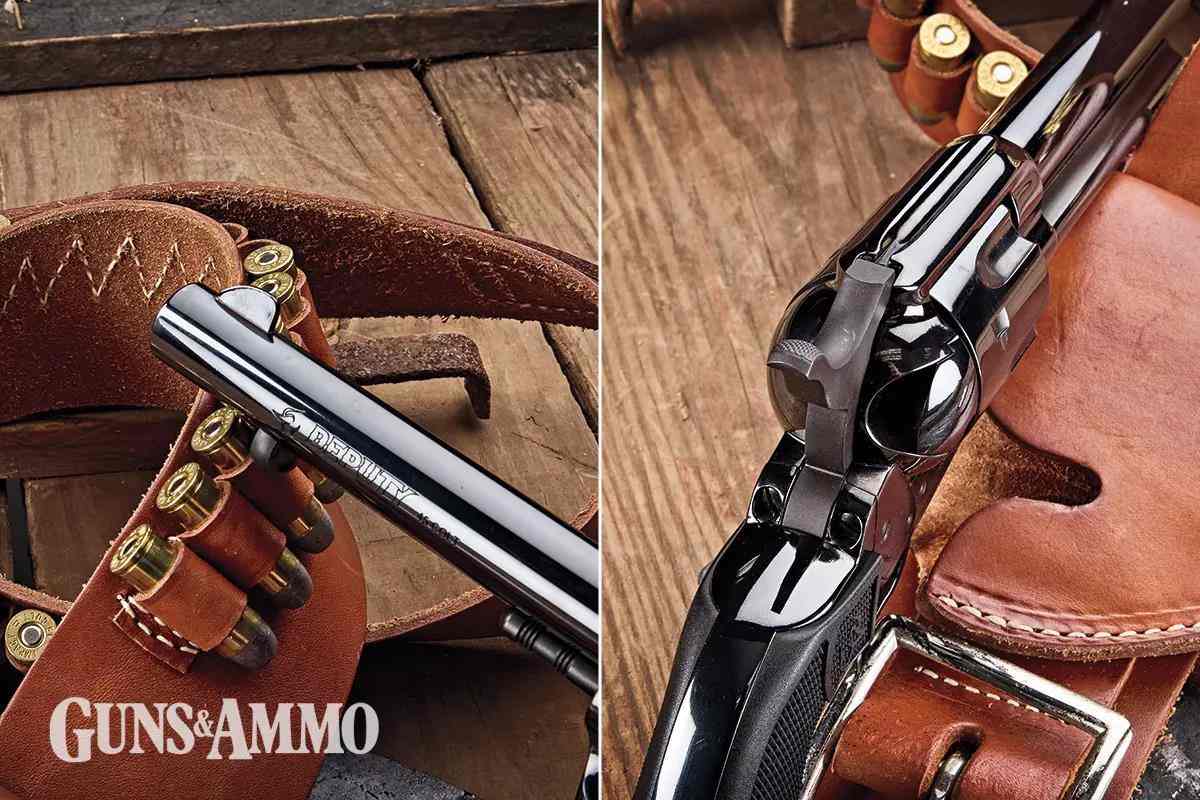
A tip: If you’ve kept the Deputy clean and oiled, and are using low-pressure, cowboy-competition-level ammunition, you can simply point the muzzle straight up and rotate the cylinder. As each chamber comes into alignment, the empty case will usually fall out under its own weight.
Aiming the Deputy means using the modestly improved — but still classic — sights. The front sight is a blade attached to the barrel, and the rear is a notch at the end of the topstrap’s groove. Unlike the original SAA, the sights are proportioned for aiming. The front sight, instead of being akin to the edge of a dull knife, has a flat top. The rear, instead of looking like a notch that the dull knife would have made, is a squared slot. The Deputy’s is a more practical aiming system.
Advertisement
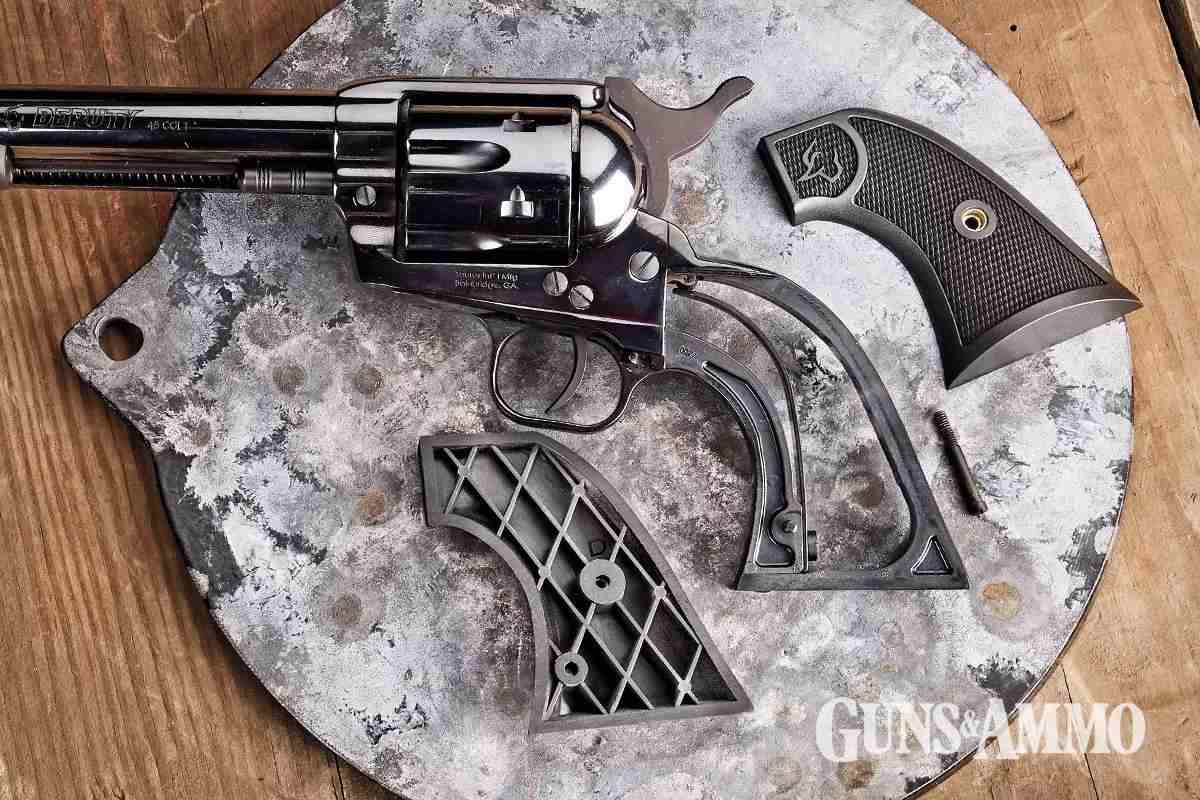
The grips are plastic with a checked pattern molded onto it with a smooth border. In the upper corner where the grips meet the frame, the Taurus logo is molded. The pair is held to the gun by means of a screw that passes through the open space between the grip straps. If black plastic is not to your liking, aftermarket SAA grips can replace them.
To disassemble for cleaning, first make sure the Deputy is unloaded. Cock the hammer two clicks. Press the spring-loaded button (base-pin screw) on the side of the frame ahead of the cylinder and hold it down. This frees the center base pin. Pull the base pin forward. When it stops against the ejector tab, lift the cylinder out of the frame on the loading gate side. As a bonus bit of engineering, Taurus made the base pin on the Deputy long enough that it will not come completely out of the frame during disassembly, so there is no chance you’ll drop it and lose it. This is as far as you need to go for regular cleaning. For a more detailed disassembly, you’ll need a set of properly fit screwdrivers to remove no fewer than a dozen screws.
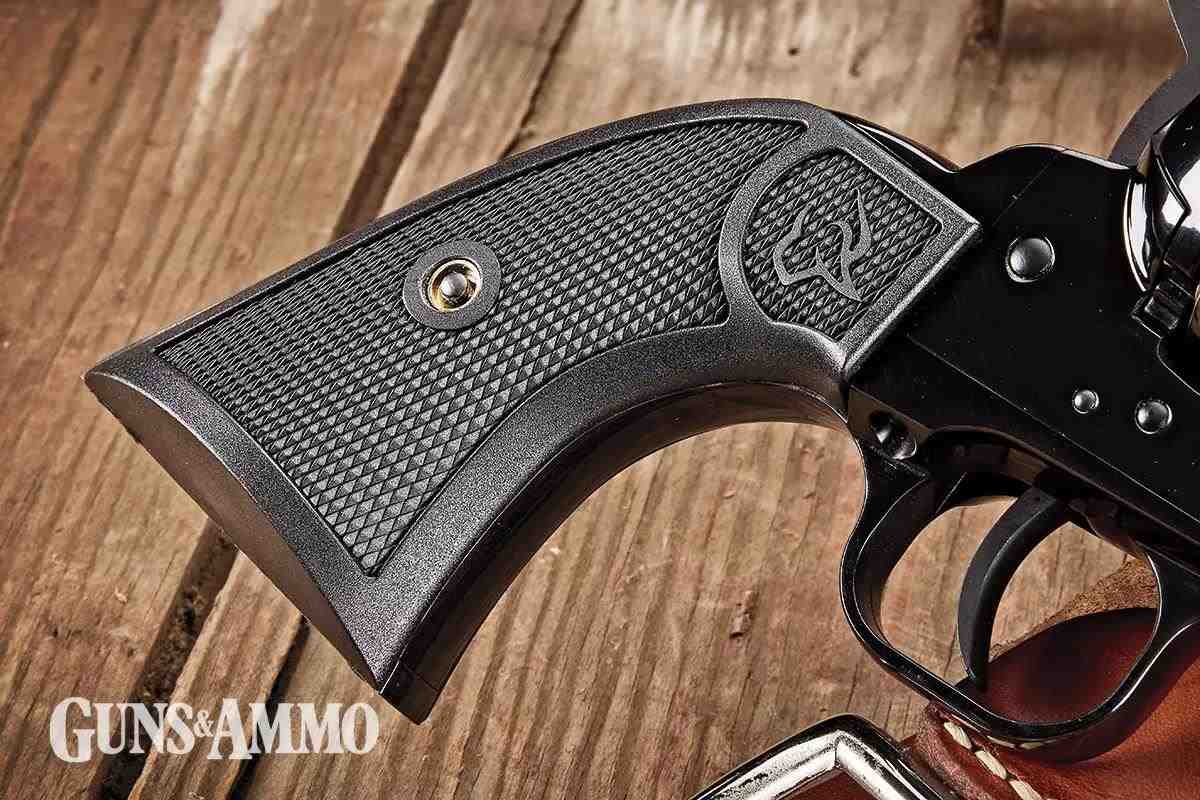
The Deputy, as a clone of the original SAA — at least in terms of external dimensions — is not meant for more than the regular-pressure loads of .45 Colt, or similar .357 loads in that model. Do not subject it to the modern high-pressure hunting rounds that can be found (or created) in .45 Colt cases. Instead, stick with the performance of factory .45 Colt ammunition, which are not insubstantial. Guns & Ammo’s sample pistol in .45 Colt was tested with a jacketed defense load and three different cowboy loads. If you think the old .45 Colt cartridge is lacking horsepower, then you are only partly correct. The softest load fell just short of making Major by United States Practical Shooting Association (USPSA) standards, and the strongest one made Major even by the standards of the earliest years of the International Practical Shooting Confederation (IPSC). Like a V8 from the old days, the .45 Colt gets its power from bore size, not compression ratio.
The shape of the grip means the single action will roll up in your hand on each shot. This is intentional, to soften the recoil, and to get the spur of the hammer closer to your hand in order to thumb-cock it for the next shot. Even with the stoutest factory load, the Deputy was never a chore to shoot.
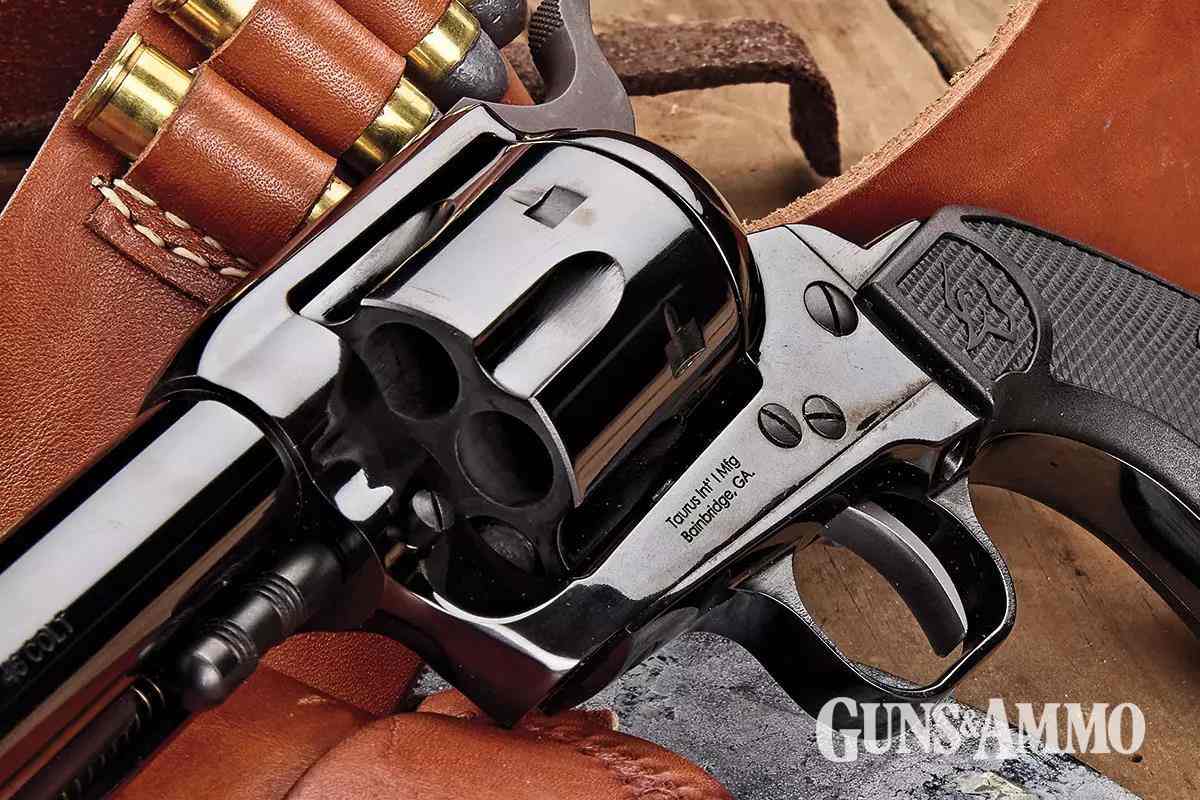
Range Days
Every afternoon of plinking proved to be enjoyable — not work. As an added benefit, a single-action revolver is a great teaching tool. With limited capacity, the shooter cannot simply blast a full cylinder at a plate rack. No, each shot must be aimed. Additionally, the mystique, history and romance of the West often prove a great lure for new shooters. That makes the range day even more fun.
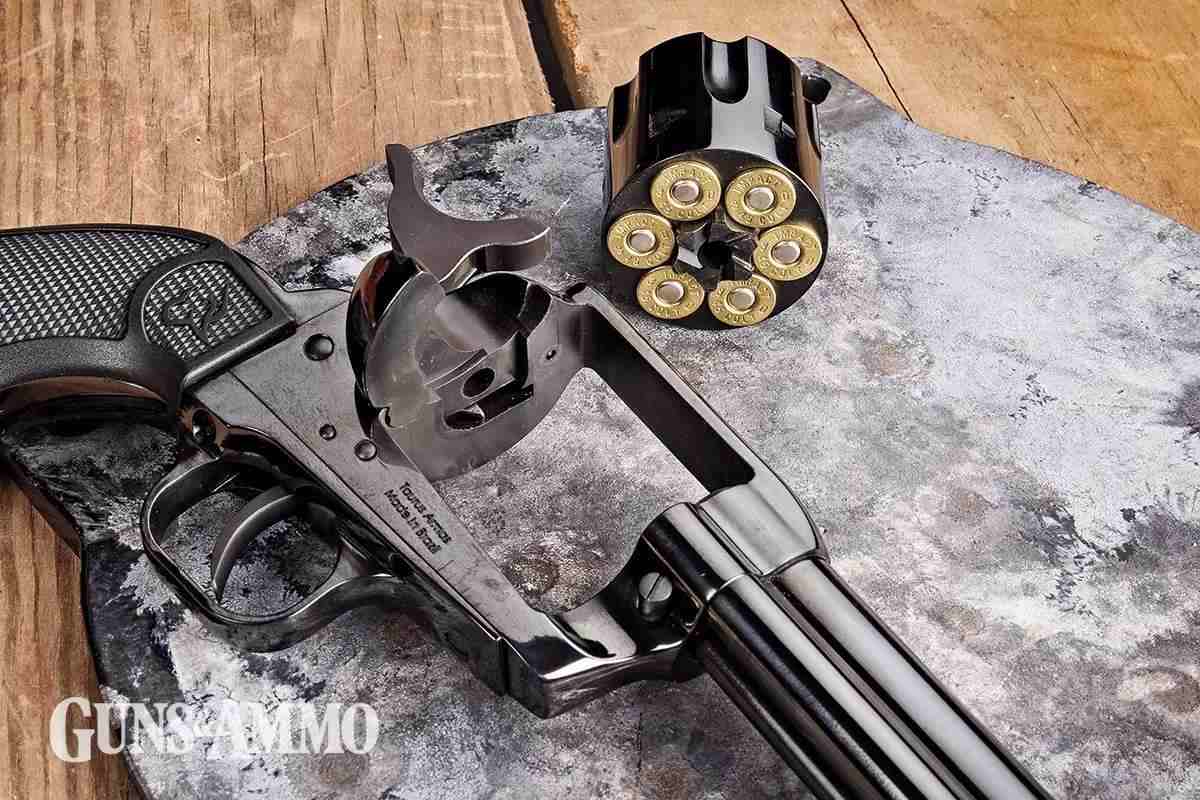
The Deputy lists for $714, but you’ll likely find it for a substantially less at your local gun shop or an online retailer. As a learning tool, a backwoods sidearm, or as a working gun for the farm or ranch, the Deputy offers the aura of the Old West wrapped in a modern package at a great price.
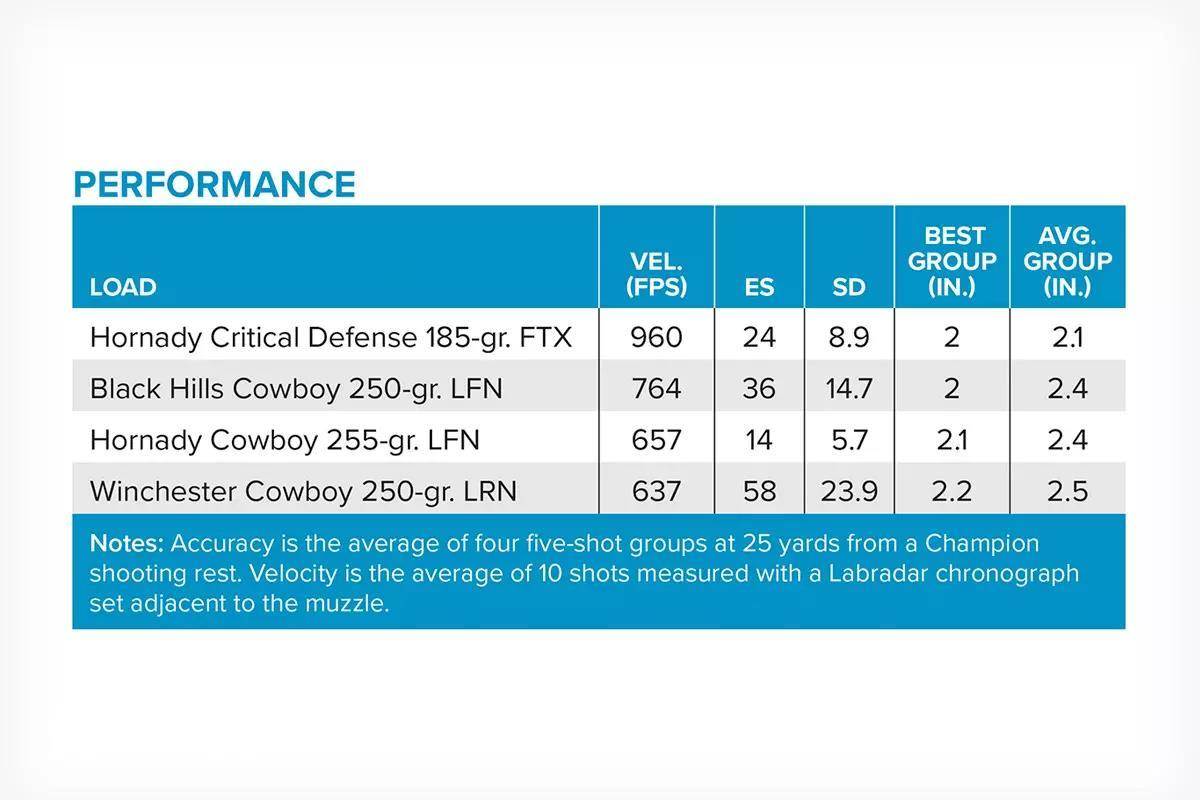
Read the full article here



